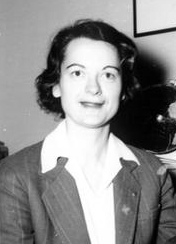Amazing example of building reuse in Edmonton: La Bosco Bakery & Cafe at 10413 79 Avenue NW. labosco.ca 



It was originally built in 1953 as a storage garage for Manbro Ltd (was there ever a more testosterone-laden business name?), part of the Manning Lumber companies owned by Percy Manning. At the time Manning Lumber was located between 79 & 80 Aves where the Brooks NOFRILLS now is. 

But the building quickly became an auto body shop. An auto upholstery business took it over in the 1960s and then in the mid-1970s, a transmission shop moved in. 







After decades of industrial uses the property wasn't looking too great ("OH NO") in this 2009 Google Street View image. 

In 2018 the property went up for sale. If I had seen this ad at the time I would have rolled my eyes at it -- "Oh yeah, super property!" -- but bless his heart the realtor actually was right. 

Someone bought it for a good price, replaced the floor, cleaned up decades of motor oil and transmission fluid, exposed the barrel truss, added a skylight to support lush indoor plantings, and opened a lovely bakery and cafe. 





When the snow all melts, the former vehicle storage area out front will be full of people socializing. So please, think hard before tearing down a building. Value its embodied carbon, renovate it to be more energy efficient, and turn it into something wonderful. #yegheritage 

• • •
Missing some Tweet in this thread? You can try to
force a refresh






















